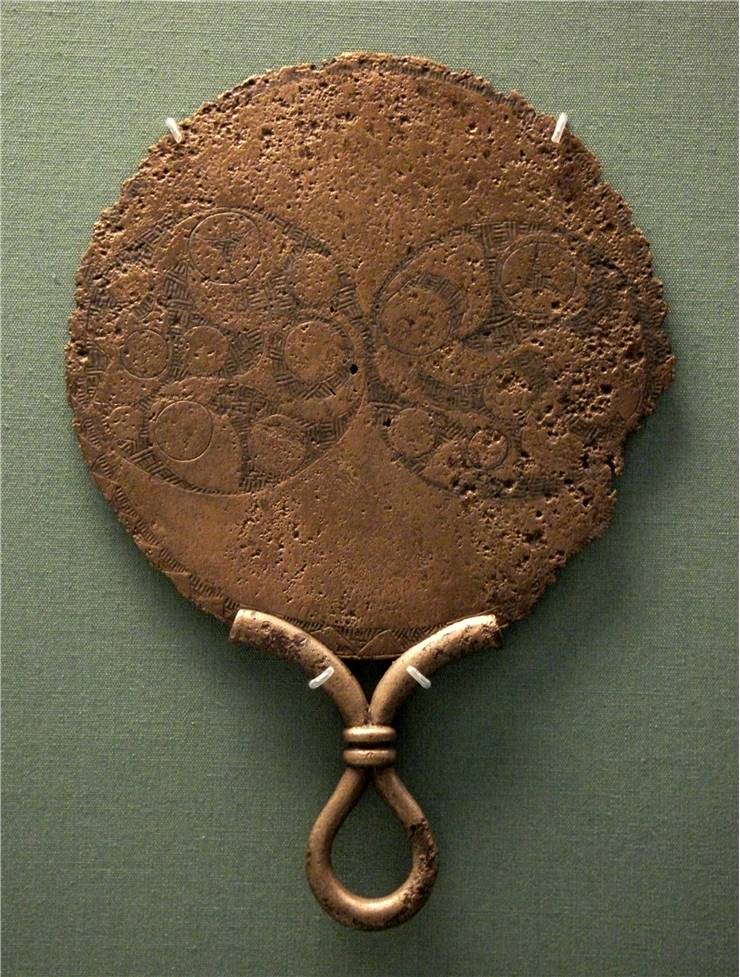Bronze Mirror History
History of mirrors spans the last 8 thousand years of modern development, but one of the very important representatives of such history were Chinese bronze mirrors. Created after millennia’s of struggle as our prehistoric ancestors conquered the ability to forge bronze, iron and steel, the first appearance of bronze mirrors appeared in Egypt and China around 2900 B.C. While Egyptians quickly moved on from bronze to other materials (polished obsidian that was introduced in 4000 BC, polished selenite flakes, and various alloys of copper), Chinese continued to refine the art of creating bronze mirrors, eventually embracing them into their culture as important piece of their daily lives, tradition and religion where they remained in use all up to Qing Dynasty (17th-19th century) when western travelers introduced modern mirrors to their population.
Crude bronze mirrors were created in China ever since Neolithic times, created often in circular shape, with one side polished bright to provide good reflection, and back side carved with very intricate designs, and handles (or holes) that would serve as a mounting places for connecting mirror to the clothes. The most famous early carved bronze mirrors are credited to the Neolithic Qijia culture from around 2000 BCE, but they entered more widespread production during the period of Warring States (2100–1600 BC) when they become popular across almost entire China. They remained relatively unchanged for 1500 years after that time, but that changed during the reign of Han Dynasty (206 BC–220 AD) when TLV bronze mirrors started being introduced. These mirrors carry that name because all of them had letters T, L and V engraved into them (letters were related to the astrological and cosmological interests of that time) and designs of dragons, complex symbols and nature. By that time, TLV mirrors for the first time became mass produced, and regarded across entire china as the most technically advanced (and most fashionable) way of creating reflective portable items for everyday use.
The era of bronze mirrors ended with the expansion of European explorers and trade to the Asia in 13th century and beyond. By that time, Song dynasty reigned over China and their (960 – 1276) and in only few short centuries bronze mirrors stopped being produced and became part of Chinese rich history.
